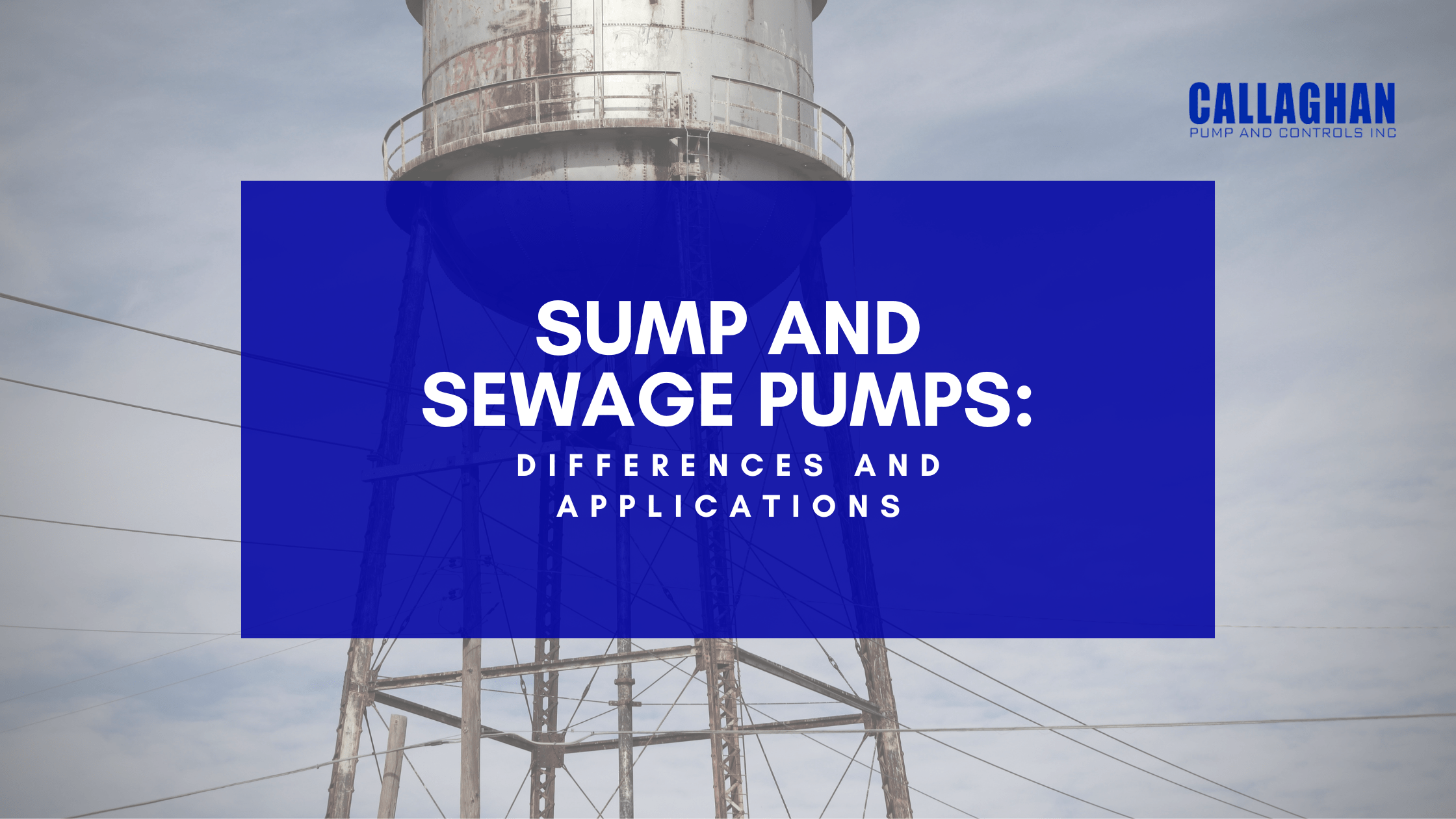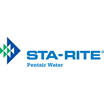
July 11th, 2023
While sump pumps are best for a property with a basement, it’s easy to confuse them with sewage pumps. The same thing can be said about hydromatic submersible pumps. So where should you start if you are looking for a sewage pump or sump pump?
In this blog, we will try to help you understand the differences between sump and sewage pumps. Let’s get started!
If you want to send wastewater from a bathroom, kitchen, or septic tank, you will need to use sewage pumps. They are installed within a building so that sewage can be easily moved from one point to another. These pumps are often installed at the lowest point of the sewage basin, so the pumped wastewater can get deposited directly into the sewer system or septic tank.
Submersible sewage ejector pumps typically have a centrifugal motor to build pressure that pushes the water into the discharge pipe. They make use of gravity to pump the solid waste from a building. In a conventional setting, these pumps can only pump small waste materials using sewer ejectors and sewage grinder pumps.
A few criteria exist to determine if your building would benefit from a sewage pump. For instance, having no gravity system in your building means you will need a sewage pump. This is because most buildings do not have the elevation to take advantage of gravity. In this situation, a sewage pump will be best for pumping the waste through the drains.
Also, there are situations in which a property might require a sewage pump. For instance, a sewage pump is often fitted with alarms to inform you about any disaster immediately. The important takeaway is that submersible sewage ejector pumps deal with sewage and safely keep the building connected to the sewer system.
Sump pumps are a device that evacuates water collected in a crawl space away from the building to prevent flooding. They are installed in a space where liquids are encouraged to accumulate and later evacuated using the sump pumping process. The main objective of the sump pump is to keep the area around it dry to prevent flooding.
Sump pumps are installed in areas vulnerable to flooding or excessive rain. They prevent basement flooding and remove accumulated water from a sump basin. These pumps can also be used in commercial buildings to stop water damage and give the building occupants peace of mind.
You must consider a sump pump if your property has a basement. These pumps are within basements to do their best against water damage and flooding. The pump can also work with an ideal waterproofing solution to minimize repairs and replacements. So, if you have a basement, you can be subjected to the dangers of water, meaning that you will need a sump pump in place.
So, you now know what sump and sewage pumps are. It’s time to differentiate them from each other. The following highlights the key differences between sewage pumps and sump pumps.
While sewage pumps transfer the wastewater and drains, sump pumps prevent floods that can cause water damage.
Sewage pumps transfer dirty water, like solids and other debris. However, sump pumps deal with clean water, like ground or rainwater.
The wastewater will need to be pumped out frequently for sewage pumps. The water will move from sump pumps when it reaches a certain level.
A sewage pump directs the water to a sewer main or septic tank, but sump pumps direct it to a drainage or dry well outside the building.
At Callaghan Pump, our sump and sewage pumps have a compact booster pump design for domestic and light commercial applications. The pump unit consists of stainless steel hydraulic components designed to work together seamlessly, regardless of the pump application.
Are you interested in learning more? Contact us today!
john@callaghanpump.com,
eileen@callaghanpump.com,
dan@callaghanpump.com,
sales@callaghanpump.com,
service@callaghanpump.com












